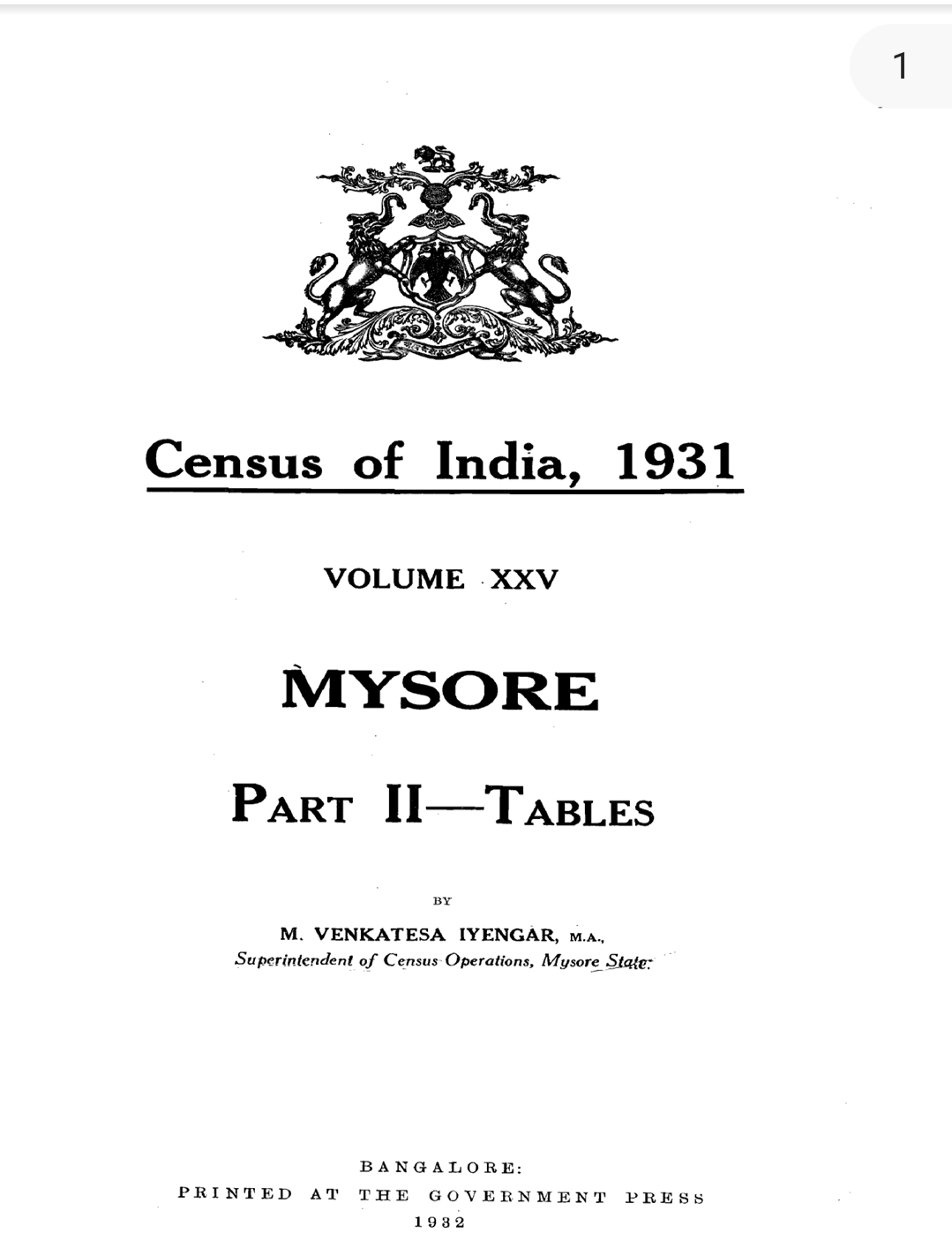Digital Satyagraha:21th Century.
In the 21st century, the spirit of Satyagraha a form of non-violent resistance popularized by Mahatma Gandhi has found new life in the digital world.
Today, with the proliferation of smartphones, social media, and online platforms, Digital Satyagraha has emerged as a powerful tool for raising awareness and advocating for the rights of marginalized and affected sections of society.
But how effective is it in bringing about real changes?
Digital Satyagraha is the adaptation of Gandhian principles of truth, and non-violent protests into the online world. It includes organized campaigns through social media, online petitions, digital storytelling, hashtags, live streaming of protests, and strategic use of digital platforms to raise moral pressure on authorities, corporations, or society at large.
1.How Digital Satyagraha Works
1.Mobilization:
Digital platforms allow instant connectivity. Activists can rally support for a cause, share real-time updates, and encourage participation from around the globe.
2.Amplification:
Social media acts as a megaphone. Hashtags like #LivesMatter, #MeToo, and #Weaversprotest #FarmersProtest have drawn global attention to local injustices.
3.Narrative Building:
A core strength of Digital Satyagraha is the ability to share stories, testimonies, and data that humanize the issue and make it relatable to a wider audience.
4.Pressure on Authorities:
When issues trend or go viral, authorities and institutions often face public pressure to respond or act swiftly.
2.Success Stories of Digital Satyagraha
#JusticeForNirbhaya:
A massive digital campaign after the 2012 Delhi gang-rape led to widespread protests and ultimately influenced legal reforms on sexual violence in India.
#SaveAarey:
InMumbai successfully delayed deforestation plans by raising public and legal awareness through digital platforms.
#SteelFlyoverBeda:
In relief to many environmentalists and activist groups in Bengaluru, the Karnataka government, informed the High Court that it had dropped the controversial steel flyover project.
3.Limitations and Challenges
While Digital Satyagraha is impactful, it’s not without its limitations:
1.Digital Divide:
Many affected sections of society may lack access to the internet or digital literacy, weakening the inclusivity of such movements.
2.Short Attention Span:
Online trends fade quickly. Without sustained effort, movements can lose momentum.
3.Censorship and Surveillance:
Governments can suppress digital protests through internet shutdowns, arrests, and censorship.
4.Performative Activism:
Not all online support translates into real-world action. Symbolic gestures may overshadow ground-level efforts.
4.Does It Help in Overcoming Issues?
Yes, but with caveats. Digital Satyagraha is a powerful catalyst, it can awaken the conscience of the public, influence policymakers, and mobilize youth and civil society. It serves as a starting point for larger conversations and actions. However, real change often requires a combination of online activism and offline engagement legal action, public protests, institutional reforms, and grassroots movements.
Digital Satyagraha is not a replacement for traditional forms of protest but a complementary force. In an era where attention is currency, it gives the voiceless a platform, the marginalized visibility, and the oppressed a tool to demand justice non-violently and effectively. For it to succeed, it must remain grounded in truth, persistent in spirit, and inclusive in reach true to the essence of Gandhi’s original vision.
"What salt was to Gandhi's Dandi satyagraha, data is to today’s digital revolution."
#828





Comments
Post a Comment